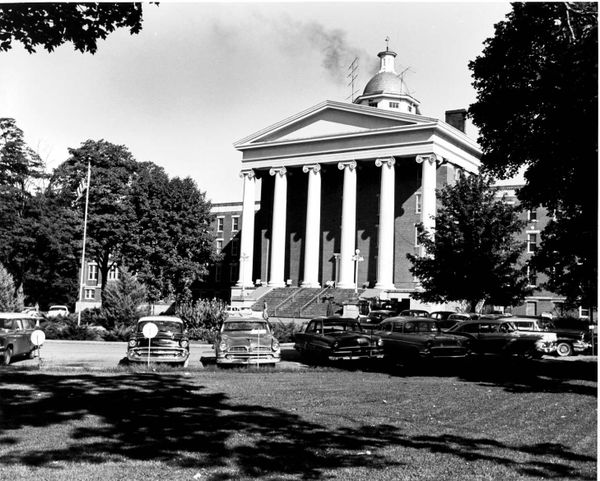Difference between revisions of "Portal:Featured Image Of The Week"
From Asylum Projects
M-Explorer (talk | contribs) |
M-Explorer (talk | contribs) |
||
| (491 intermediate revisions by 2 users not shown) | |||
| Line 1: | Line 1: | ||
{{FIformat | {{FIformat | ||
| − | |Image= | + | |Image= WHS3.jpg |
| − | |Width= | + | |Width= 600px |
| − | |Body= | + | |Body= The Kentucky General Assembly changed the name of the hospital to [[Western State Hospital Hopkinsville|Western State Hospital]] in 1919. Investigations by state officials and the Welfare Committee in the late 1930s resulted in renovations and higher standards. In 1950, 2,200 patients were admitted as "incompetent" with loss of rights. Tranquilizers came into use in 1955. By the late 1950s, several psychotropic medications were being marketed and there was a deinstitutionalization effort to weed out patients that did not need to be at the facility. |
}} | }} | ||
Revision as of 02:51, 28 February 2021
Featured Image Of The Week
The Kentucky General Assembly changed the name of the hospital to Western State Hospital in 1919. Investigations by state officials and the Welfare Committee in the late 1930s resulted in renovations and higher standards. In 1950, 2,200 patients were admitted as "incompetent" with loss of rights. Tranquilizers came into use in 1955. By the late 1950s, several psychotropic medications were being marketed and there was a deinstitutionalization effort to weed out patients that did not need to be at the facility.
